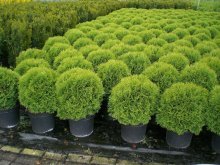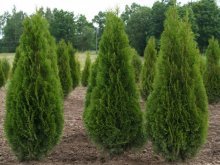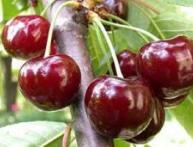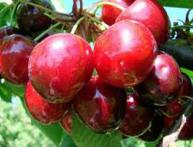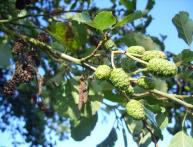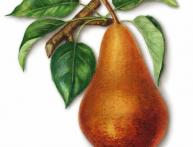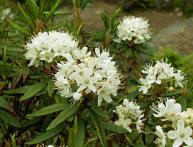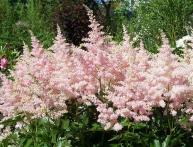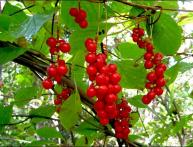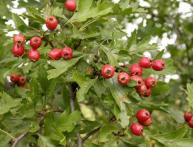How to grow thuja at home: sowing seeds and cuttings
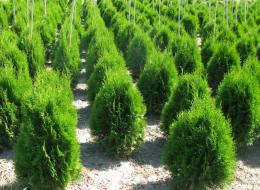
The homeland of thuja is East Asia. The popularity of coniferous wood lies in its unpretentiousness to living conditions. The dense and dense crown of the thuja, which is easy to trim, allows you to form fancy shapes from the tree. Thuja used to create architectural and landscape compositions.
Content:
- Features of seed propagation of thuja at home
- Planting and caring for crops
- Vegetative propagation of thuja: cuttings
- Plant care
Features of seed propagation of thuja at home
Closer to autumn, the seeds on the thuja ripen. You need to collect cones that have not yet opened. Cones for ripening are laid out in one layer in a warm, well-ventilated room, but out of direct sunlight. When they open, you need to remove the seeds and store them in a closed container. The temperature for storage should not be higher than +5 °C.
Such conditions make it possible to maintain seed germination for 3 years. To increase the efficiency of seed germination, you need to soak them in warm water for 12 hours, then transfer them to damp sand and leave until the next morning.
For preventive purposes, to get rid of fungi, the seeds are treated with a mixture of formaldehyde. After these procedures, the seeds are dried and sowing begins. Attention! If drying the seeds continues for more than 2 hours, this significantly reduces their germination. Sowing is carried out in the spring.You can place them on dampened paper and wait until they hatch. After a week, the seeds are planted in the soil. The root of sprouted seeds should be equal in size to half the seed.
Planting and caring for crops
It is preferable to plant in moist soil, planting the seeds 0.5 cm deep into the soil. For 1 m2 you will need 5 g of seeds. The sown area needs to be mulched with leaves, sawdust or chopped straw. Mulch layer – 3 cm.
In a month the first shoots will appear. At this time, regular watering and shading from the sun are required. Scorching rays can cause burns to the root collar of the thuja. For protection, you can use shields made of branches. After strengthening the seedlings, it is necessary to sort planting material and remove all diseased and poorly developing plants.
Pros and cons of seed propagation
The obvious benefit is getting healthy plants. When propagated by seed, trees become more resistant and resistant to weather conditions. However, you need to be patient, because propagation by seeds is a long process, but this method allows you to get plants that completely replicate the mother specimen.
Vegetative propagation of thuja: cuttings
To create an alley of beautiful coniferous trees, you need to resort to cuttings. A novice gardener needs to become familiar with the technology of the process itself. The method itself is not complicated, because green cuttings take root in an ordinary jar of water.
Attention! To root cuttings, there must be a minimum of water in the jar; the plants should not “float!” Of course, it is problematic to root a large number of cuttings in jars, so it is recommended to propagate thujas by planting the cuttings in a greenhouse.For cuttings you will need to take material from lignified shoots thuja.
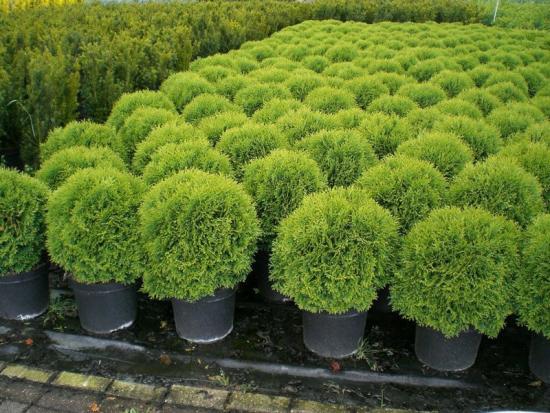
Cuttings need to be broken off, not cut, since for rooting there must be a “heel” on the bottom of the branch. It is better to propagate in autumn. When propagated in spring and summer, the cuttings dry out before they have time to produce roots.
Cuttings are taken from the strongest shoot. Such branches have good vitality and healthy seedlings grow from them. The humidity of the room chosen for rooting cuttings must correspond to the norm and be at the level of 70%. You can increase the humidity with special humidifiers.
You can buy them in specialized stores. To simplify the breeding process, you can root in mini-greenhouses. The success of cuttings depends on the light level. But in an open area, where the sun shines from morning to evening, it is not worth rooting. Greenhouses must transmit light well.
The selected cutting must be freed from the needles at the bottom and placed in water. Then you will need to plant in prepared soil. To prepare the substrate, you need to mix peat, turf soil and river sand in a ratio of 1:1:1.
IN soil there may be pathogenic microorganisms, so you need to disinfect it with a weak solution of potassium permanganate. When planting, you need to ensure that the needles that remain on the cuttings do not come into contact with the soil. If you miss this moment, the cutting will begin to rot and die. The cutting depth is 2 cm. Before planting, it is recommended to treat the cuttings with root or heteroauxin - the roots will appear much faster.
If the germination of cuttings is carried out in containers, to maintain a certain humidity it is necessary to cover the container with polyethylene.It is necessary to ventilate the plantings all the time to prevent the formation of mold on the surface of the soil and rotting of the cuttings.
Video about thuja propagation:
You should not water the rooting planting material; it is better to spray it. This allows you to achieve the necessary humidity and prevent rotting of the seedlings. The soil should not be allowed to become waterlogged.
If new shoots appear on the cuttings, it means the plant has successfully taken root. You should not replant immediately; you need to give the new seedlings a little time to adapt. Rooted plants must be accustomed to fresh air. But this should be done gradually, each time increasing the time for removing the film and ventilating the greenhouse.
Hardened cuttings adapt better to a new location when transplanted. At first, the “air baths” should not be long. First they take it out planting material outside for 1 hour, then, every day, increase the duration of hardening by 1 hour.
Plant care
Young plants transplanted to a permanent location require constant watering and fertilization. You should know that propagation by cuttings allows you to preserve the maternal decorative qualities, but such seedlings, unlike seed propagation, are more susceptible to changes in temperature conditions.
Therefore, they require some care. In the first year, plants need to be prepared for winter. For shelter, sawdust, covering material, foliage, and spruce branches are used. In spring, it is necessary to cover young plants from the sun so that the thuja does not get burned. As soon as the snow melts and a strong drop in temperature is not expected, it is necessary to remove the covering material.
It is recommended to protect plants from stagnant water, loosen the soil in the tree trunk circle and regularly inspect for damage. Thuja is more susceptible to diseases than pestsTherefore, timely detection of problems will allow you to cure the disease as soon as possible. Cutting thuja is a very interesting activity.
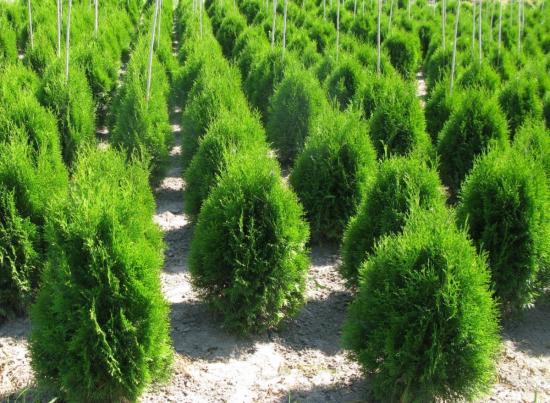
This method allows you to obtain a large amount of planting material in a short time. As for seed propagation, one would have to wait several years to obtain the same number of seedlings. Therefore, gardeners recommend using cuttings for propagation of thuja.

